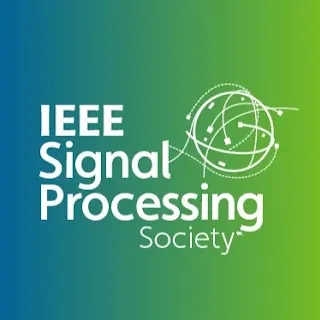A Multi-Stage Algorithm for Acoustic Physical Model Parameters Estimation
One of the challenges in computational acoustics is the identification of models that can simulate and predict the physical behavior of a system generating an acoustic signal. Whenever such models are used for commercial applications, an additional constraint is the time to market, making automation of the sound design process desirable.
